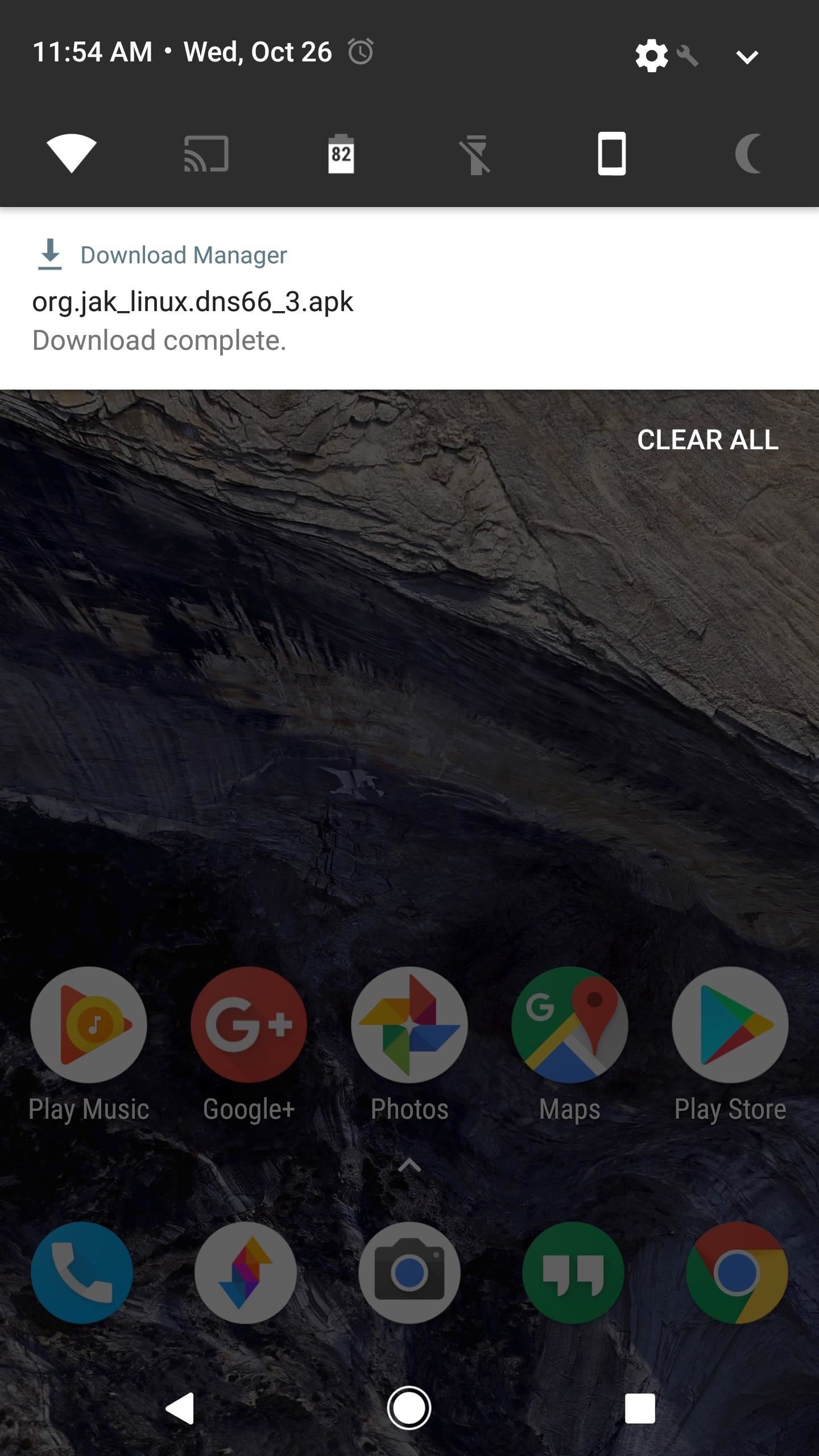Free, public Wi-Fi access points are popping up in more and more
places around the world. They’re extra useful when travelling, as you
won’t have your home Wi-Fi network and may not want to pay for international mobile data.
These tips will help you find Wi-Fi hotspots on the go, whether
you’re travelling to a foreign country or just to the other side of your
home city.
Two Restaurant Chains That (Almost) Always Have Free Wi-Fi
If you want free Wi-Fi, keep an eye out for a Starbucks or a
McDonald’s restaurant. These two chains have a huge number of locations
all over the world, and they both consistently provide free Wi-Fi.
Whatever you think of their coffee and food, their free Wi-Fi is good —
and you generally don’t even have to buy anything, as you can just log
right in. Of course, it’s probably polite to make a purchase if you’re
going to be taking up a seat and using their Wi-Fi for a while.
These are far from the only restaurants with free Wi-Fi, but a
Starbucks or McDonald’s is easy to spot from a distance and will
probably have free Wi-Fi when you get there.

More Places With Free Wi-Fi
Public libraries often offer free, open Wi-Fi access points, too.
Cities may also host their own free Wi-Fi networks, which you may be
able to find in public parks or just on the street in more active
districts of the city. Even a shopping mall might offer free Wi-Fi
across the entire mall.
Smaller coffee shops may offer their own Wi-Fi access points. Wi-Fi
is becoming more and more common — everything from restaurants to
grocery stores to department stores are offering their own hotspots.
Hotels may provide free open Wi-Fi networks to their guests, so you
may be able to sit in a hotel lobby or parking lot and use their Wi-Fi
for a bit if they don’t require a code to log on. This is becoming rarer
as hotels and motels lock down their Wi-Fi networks with access codes.
Many airports also provide free Wi-Fi — but many airports still don’t
provide free Wi-Fi. It depends which airports you’re traveling through.
This free Wi-Fi isn’t always “free” — for example, if it’s offered in
a restaurant, you’ll have to buy something so you can sit in that
restaurant and use their Wi-Fi. Some independent coffee shops and
restaurants may require you purchase something before getting a login
code. But, if you’re travelling, there’s a good chance you’ll want to
stop for some food or a coffee anyway.
If you’re walking down a street looking for Wi-FI, keep an eye out
for the “Wi-Fi” logo sign on a businesses’ window, which will tell you
whether that business has free Wi-Fi.

Locate Nearby Wi-Fi Hotspots With an App
If you want help finding free Wi-Fi hotspots, the Wi-Fi Finder app — available for both Android and iOS
— can help. When you install and first run this app, it downloads a
database of free and paid Wi-Fi hotspots around the world. You can then open the app when you don’t have an Internet connection
and use it offline. The app will use your GPS location and show nearby
free Wi-Fi hotspots on a map. Install it ahead of time and launch it if
you ever need a point in the right direction when you’re looking for a
Wi-Fi hotspot. You can also search for a location anywhere in the world
and see where free Wi-Fi hotspots may be available, if you want to plan
ahead. The app isn’t perfect and not all the listings may be up-to-date,
but it’s still helpful.
Your ISP Might Help
If you pay for Internet access at home, your Internet service
provider might have a network of Wi-Fi hotspots you can use. For
example, Comcast has been turning its home routers into public hotspots
that other Comcast customers can use. If you’re an Xfinity customer,
you can log into any Xfinity hotspot and use it for free. These hotspots
are becoming more widespread as Comcast rolls out routers that turn
people’s home networks into public Wi-Fi hotspots.
This practice is already more widespread in some European countries
and other countries outside the US, so be sure to check your ISP and see
if they offer a free network of hotspots for you. Of course, this only
works if you’re travelling within your own country — you won’t find a
network of Xfinity hotspots outside the USA.

Get More Time on Time-Limited Hotspots
Some free Wi-Fi hotspots only provide you with a few free minutes
before demanding you pay up. We’ve seen this time-limited method used at
several airports. Luckily, there’s usually a way around this so you can
get more free Wi-Fi time without paying.
The network generally identifies your device by its MAC address, and
it will refuse to offer more free Wi-Fi time to you if it recognizes
your device’s MAC address. So, to get more free Wi-Fi time, you can change your device’s MAC address
and then reconnect to the Wi-Fi access point. The access point should
see your device as a new device and give it more free time. If it
doesn’t, you may also need to clear your browser cookies.
If you have any queries/feedback, please write it in comments section below OR mail me here : Snehal[at]Techproceed[dot]com.
Happy Surfing !! :-)




















